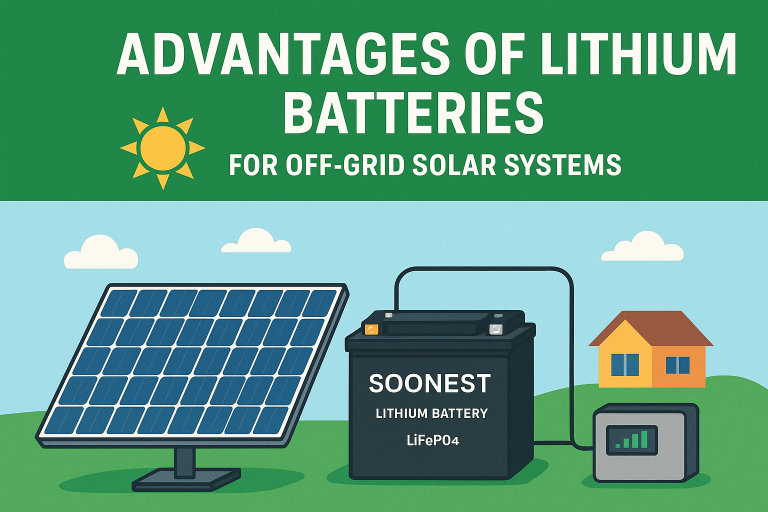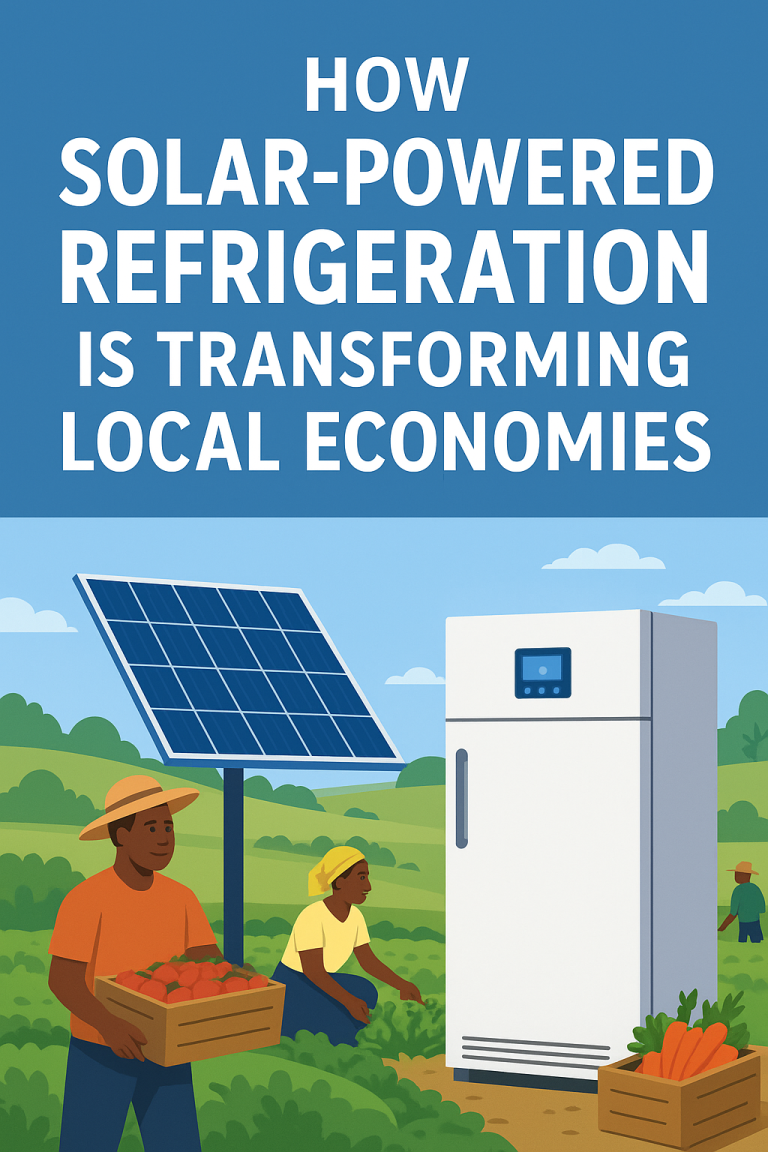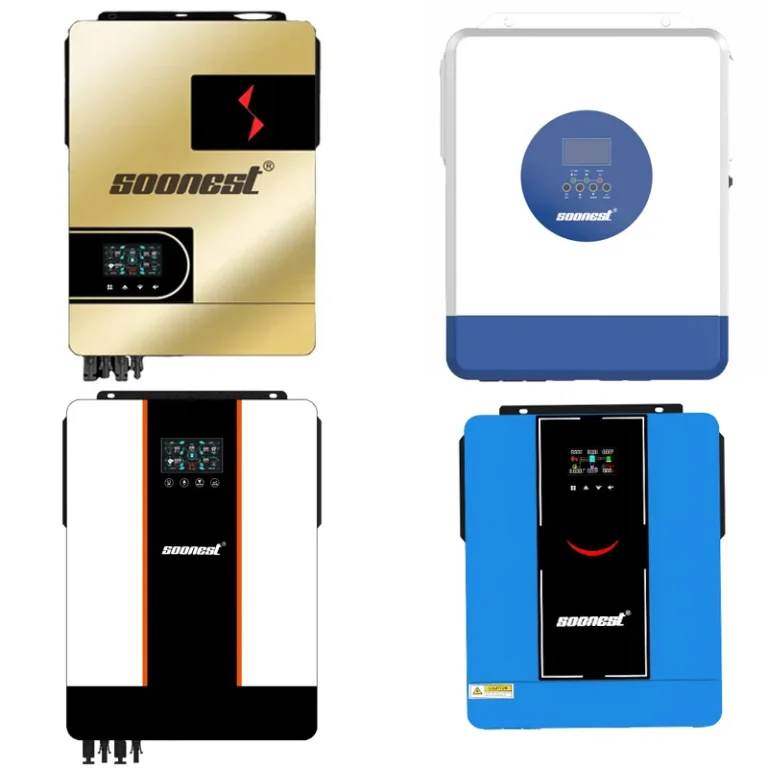List of Solar Appliances Every Homeowner Should Consider with a Solar Panel
Solar applinces are a wise pick for your home. They cut electric bills, boost energy freedom, and help the planet. From lights to water heaters, kitchen tools to backup systems, these gadgets use sunlight for savings, easy upkeep, and strength during power cuts. This guide covers their benefits, efficiency, and uses for modern homes.
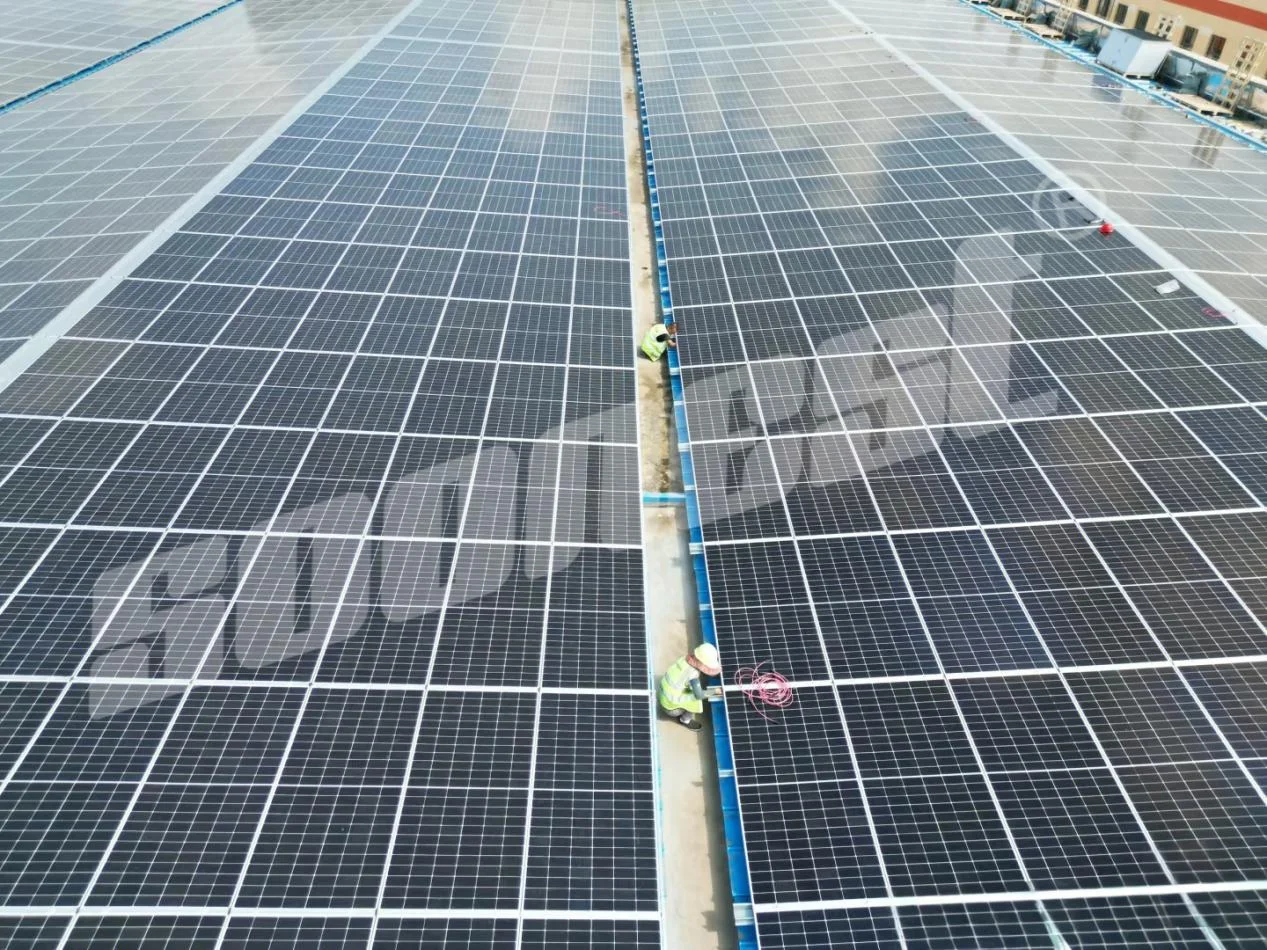
Why Switch to Solar-Powered Gadgets Saves More Than Cash
Solar devices bring big savings and green perks. They lower your need for utility power. This shrinks your electric bills a lot. Solar energy is endless and clean. It reduces harm to nature. Plus, solar shields you from rising fuel costs and sudden outages.
Solar tools need little care. They often last longer than old gadgets. For example, DC-powered items like solar fridges or water pumps are tough. They work great in remote spots far from the grid. These features make them a smart choice for long-term use.
How Solar Appliances Cut Your Need for the Grid
Solar devices give you freedom from the power grid. Panels catch sunlight in the day. Batteries store it for night or cloudy times. This is super helpful where grids are shaky or blackouts happen often.
Microgrid systems mix energy sources, storage, and smart controls (EMS). They can work with the main grid, go solo off-grid, or switch modes smoothly. This keeps key devices running, even if the grid fails. You stay powered up, no matter what.
The Role of Energy Savings in Long-Term Green Living
Solar gadgets use power wisely. Items like DC fans, LED lights, and induction stoves need less energy but work just as well. Less power means fewer solar panels. This saves money and space.
A brushless design cuts motor wear. It boosts efficiency by about 10%. Over time, this saves cash and helps the environment. Energy-smart tools make green living easy for years.
Which Solar Lighting Options Can Replace Old Fixtures?
Where to Use Solar Lights Indoors and Outdoors
Solar lights work inside and outside. Outdoors, try path lights for gardens, bright floodlights, wall lights, or street lamps. Indoors, small ceiling or desk lights with built-in panels are great for off-grid cabins or backups. Many have motion sensors or timers to save power and work better. These lights fit any home’s needs.
How Motion-Sensor Solar Lights Boost Safety
Motion-sensor solar lights turn on when someone moves nearby. This saves energy and scares off intruders by lighting dark spots or doors. They don’t need grid power. Your home stays safe during outages. These lights are an easy way to protect your place.
Why Battery Storage Matters for Steady Lighting
A good battery setup keeps lights reliable. Top systems use lithium-ion or gel batteries to store daytime power for night. Gel batteries have a jelly-like material. They avoid risks like short circuits or fires, unlike regular lithium batteries. They’re safe for key devices. Good batteries keep lights bright in any weather.
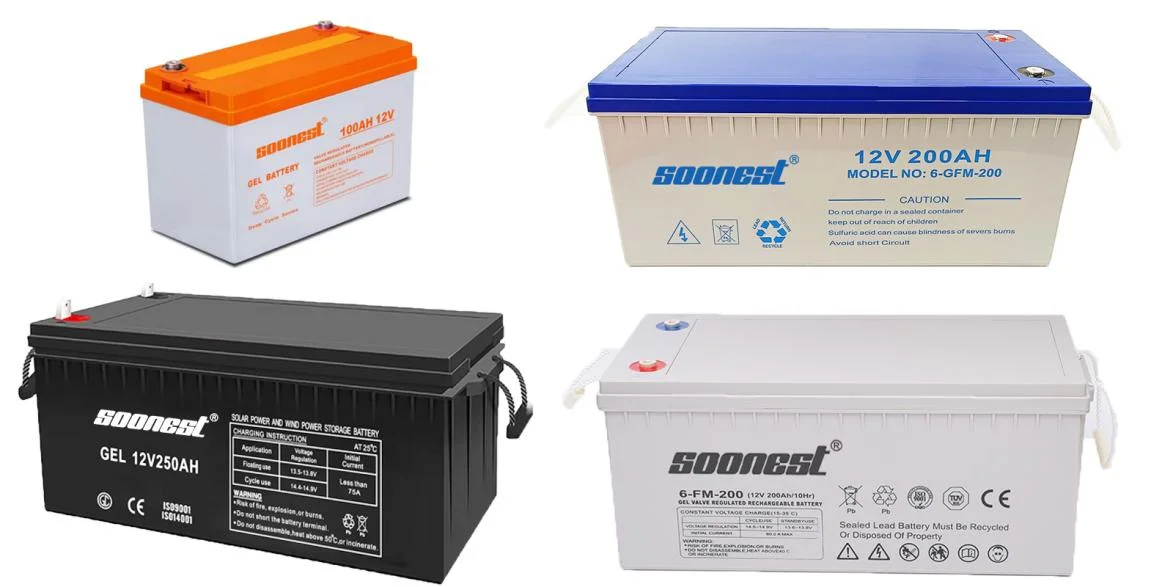
Are There Good Solar Solutions for Water Heating?
How Solar Water Heaters Work with Your Plumbing
Solar water heaters use roof collectors linked to tanks by pipes. They fit with your current plumbing. They heat water before it reaches your regular heater. This cuts electric use a lot. You get hot water, even when the sun’s not out, thanks to your backup heater.
Active or Passive Systems Based on Weather
Active systems use pumps to move water through collectors. They’re great for cold areas where pipes might freeze. Passive systems use gravity and heat flow. They’re cheaper and simpler, best for warm places. Choose based on your climate and home needs.
Sizing a Solar Water Heater for Your Home
Pick the right size to avoid strain. Think about how many people live in your home. Each uses about 20-30 gallons of hot water daily. Check your area’s sunlight and backup heater options. A too-big system costs extra. A too-small one leaves you short.
Can You Power Kitchen Tools with Solar Energy?
Which Kitchen Devices Work with Solar
Many kitchen gadgets run on solar power. DC or low-power AC devices with inverters work best. These include blenders, rice cookers, kettles, coffee makers, and toasters. Microwaves work but have limits. DC fridges are super efficient for off-grid homes. They keep food fresh with little power.
How Solar Cookers and Induction Units Work Daily
Solar cookers use shiny surfaces to heat food with sunlight. They’re great for boiling or slow cooking outdoors for free. Induction cookers, powered by inverters, cook faster indoors but need more power. Both are portable. They’re perfect for camping or emergencies.
Why DC-Powered Fridges Are Great for Off-Grid
DC fridges connect directly to batteries. They don’t waste energy like AC fridges with inverters. They use little power to stay cool, key for limited energy setups. DC brushless pumps, like in fridges, have no wearable parts. This makes them last longer. They’re ideal for remote or mobile homes.
How Do Solar Air Conditioners and Fans Improve Comfort?
Hybrid vs. Fully Solar Air Conditioners
Hybrid air conditioners mix solar and grid power. They switch based on sunlight. Fully solar units use only battery power when the sun’s down. Hybrids offer flexibility. Fully off-grid units give freedom but need bigger batteries. Pick what suits your needs.
Why DC Motor Ceiling Fans Save Energy
DC motor fans use up to 70% less power than AC fans. They’re quiet and let you adjust speeds. A brushless design cuts wear and boosts efficiency by 10%. They’re great for solar setups and keep you cool during outages. These fans are a comfy choice.
Improve Airflow with Solar Ventilation Kits
Solar attic fans push out hot air when the sun’s strong. This helps your cooling system work better. Many have controls that turn on only when it’s too warm. They save energy and keep your home comfy. These kits are easy to set up.
Is It Practical to Charge Electronics with Solar Devices?
Why Portable Solar Chargers Are a Must
Portable chargers with foldable panels power phones, cameras, or GPS units. They’re lifesavers during blackouts or trips with no outlets. Their small, tough build makes them key for modern homes. You can count on them anywhere.
How Solar Power Banks Support Busy Lives
Power banks with solar panels charge via USB or sunlight. They’re great for people always moving. Gel batteries work in hot or cold weather. This makes them reliable worldwide. These banks keep your devices ready, wherever you go.
Output Ratings for Charging Laptops or Tablets
For laptops or tablets, pick chargers with USB-C PD outputs of 18W to 60W. Match your device’s needs. Voltage controls keep power steady, protecting gadgets from sunlight changes. Check your device to choose the right charger.
Can You Maintain a Garden with Solar Tools?
How Solar Irrigation Systems Work Alone
Solar watering systems run without outside power. They manage schedules on their own. They’re perfect for remote farms or gardens. Solar water pumps use panels and low-voltage pumps. No wires are needed. Smart sensors save water, making them easy and efficient.
Why Solar Robotic Mowers Save Work
Robotic mowers with solar panels charge while cutting grass. They follow a set path, so no manual mowing is needed. They use no grid power with enough sun. They work year-round, even with changing weather. They save time and energy.
Benefits of Solar Pest Control
Solar ultrasonic pest repellents work day and night without batteries. They’re safe and green, keeping rodents and bugs away. They’re great around kids and pets. These devices are cheap, reliable, and eco-friendly for gardens.
FAQ
Q1: How much can solar appliances save on electricity bills?
A: Solar appliances can cut bills by 20-50%, depending on usage and system size, by reducing reliance on grid power (Source: EnergySage, energysage.com).
Q2: Can solar appliances work during cloudy days or outages?
A: Yes, with battery storage, solar appliances can operate during cloudy days or outages, ensuring continuous power.
Q3: Are solar water heaters cost-effective for small households?
A: For 2-3 person households, solar water heaters save 50-80% on water heating costs, ideal with proper sizing (Source: Department of Energy, energy.gov).

